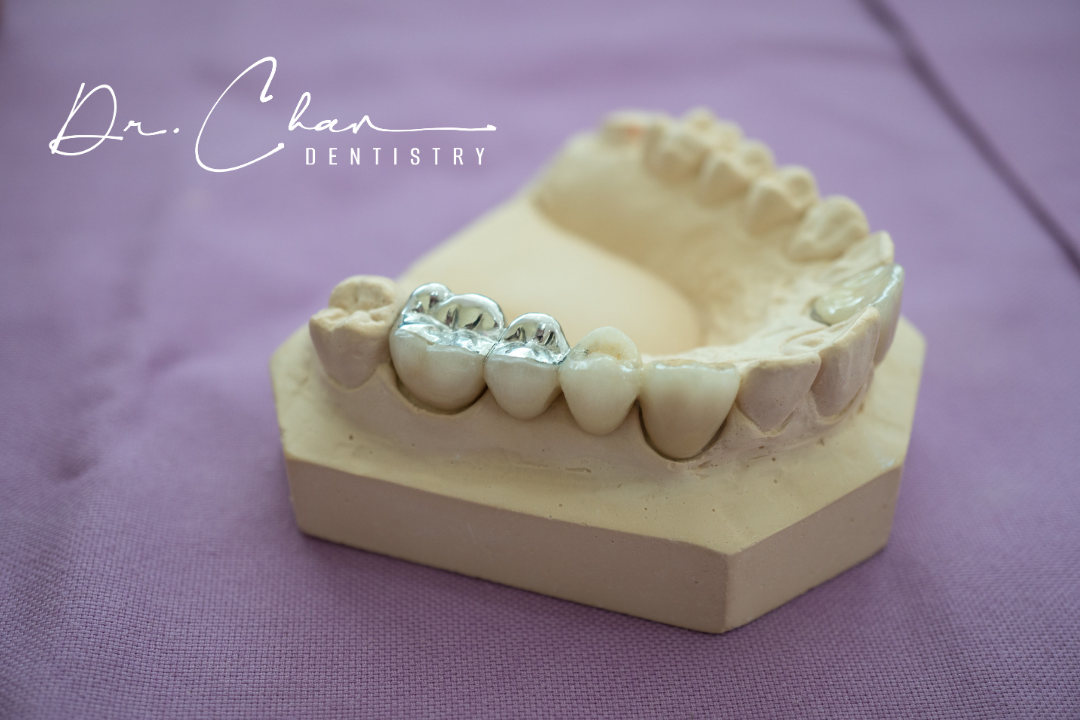Quick Bites: Understanding the Duration of Dental Fillings in Modern Dentistry

The Evolution of Dental Fillings
Historical Materials and Techniques
Dental fillings have come a long way from their rudimentary beginnings. Early civilizations used materials like beeswax, stone chips, and gold to fill cavities. While innovative for their time, these methods lacked durability and effectiveness.
Modern Advances in Dental Fillings
Today, dental fillings benefit from significant advancements in material science and technology. Modern fillings are designed to be durable, aesthetically pleasing, and biocompatible. Innovations such as composite resins and glass ionomer cement have revolutionized dental care, offering patients options tailored to their needs.
Comparative Longevity of Different Materials
| Material | Average Lifespan |
|---|---|
| Amalgam | 10-15 years |
| Composite Resin | 5-7 years |
| Ceramic | 15-20 years |
| Glass Ionomer | 5-7 years |
Understanding the evolution of dental fillings helps us appreciate the advancements that make modern dentistry more effective and patient-friendly.
Factors Influencing the Lifespan of Dental Fillings
Material Composition
The type of material used in dental fillings plays a role in their durability. Different materials have varying levels of strength and resistance to wear. For instance, amalgam fillings are known for their longevity, while composite resins may require more frequent replacements.
Oral Hygiene Practices
Maintaining good oral hygiene is essential for the longevity of dental fillings. Regular brushing and flossing help prevent decay around the filling, which will compromise its integrity. Neglecting oral hygiene leads to the development of cavities and the eventual failure of the filling.
Dietary Habits
What you eat and drink impacts the lifespan of your dental fillings. Consuming sugary foods and beverages increases the risk of decay, while hard and sticky foods can cause physical damage to the fillings. A balanced diet that limits sugar intake will extend the life of your dental work.
Proper care and maintenance are key to ensuring the longevity of dental fillings. By understanding the factors that influence their lifespan, you can take proactive steps to protect your dental health.
Common Types of Dental Fillings and Their Durability
Amalgam Fillings
Amalgam fillings, often referred to as silver fillings, have been used for over a century. They are known for their durability and can last up to 15 years or more. Their longevity makes them a popular choice for molars, which endure significant chewing forces. However, their metallic color can be a drawback for those seeking a more natural appearance.
Composite Resin Fillings
Composite resin fillings are favored for their aesthetic appeal, as they can be color-matched to the natural tooth. These fillings typically last between 5 to 10 years. While they are less durable than amalgam fillings, their ability to blend seamlessly with the tooth makes them ideal for visible areas.
Ceramic and Glass Ionomer Fillings
Ceramic fillings, often made from porcelain, are highly durable and can last up to 15 years. They are resistant to staining and wear, making them a good choice for those seeking both durability and aesthetics. Glass ionomer fillings, on the other hand, are less durable, with a lifespan of about 5 years. They release fluoride, which can help protect the tooth from further decay.
Choosing the right type of dental filling depends on various factors, including the location of the cavity, aesthetic preferences, and budget. Consulting with a dental professional can help determine the best option for your needs.
Signs That Your Dental Filling Needs Replacement
Visible Wear and Tear
Over time, dental fillings can show signs of wear and tear. This can include discoloration, rough edges, or even parts of the filling chipping away. Regular dental check-ups can help identify these issues early.
Sensitivity and Discomfort
If you start experiencing sensitivity to hot, cold, or sweet foods, it might be a sign that your filling is deteriorating. Discomfort or pain when biting down can also indicate that the filling needs to be replaced.
Cracks and Leaks
Cracks in your filling can allow bacteria to enter, leading to further decay. Leaks around the edges of the filling can also compromise its effectiveness. It's crucial to address these issues promptly to prevent more extensive dental problems.
Regular monitoring and timely intervention can significantly extend the life of your dental fillings.
Best Practices for Extending the Life of Your Dental Fillings
Regular Dental Check-ups
Routine dental visits are crucial for maintaining the longevity of your fillings. During these check-ups, your dentist can identify early signs of wear and tear, allowing for timely interventions. Regular monitoring helps in preventing minor issues from becoming major problems.
Proper Brushing and Flossing
Good oral hygiene practices are essential for the durability of dental fillings. Brushing twice a day with fluoride toothpaste and flossing daily can prevent decay around the filling. This helps in maintaining the integrity of the restorative dentistry work.
Avoiding Hard and Sticky Foods
Certain foods can compromise the lifespan of your dental fillings. Hard foods like nuts and ice can cause cracks, while sticky foods like caramel can pull at the filling. It's advisable to be mindful of your diet to ensure the longevity of your dental restorations.
Consistent care and mindful habits can significantly extend the life of your dental fillings, making your investment in restorative dentistry more worthwhile.
Innovations in Dental Filling Technology
Nanotechnology in Fillings
Nanotechnology has revolutionized dental fillings by enhancing their strength and durability. Nanoparticles are integrated into filling materials to improve their resistance to wear and tear, making them last longer. This technology also allows for better aesthetic results, as the fillings can be more closely matched to the natural color of teeth.
Bioactive Materials
Bioactive materials are designed to interact positively with the biological tissues in the mouth. These materials can help in the remineralization of the tooth structure, providing an added layer of protection against decay. They also promote the natural healing process, making them a preferred choice for many dental professionals.
Smart Fillings with Sensors
The latest innovation in dental fillings includes smart fillings embedded with sensors. These sensors can monitor the health of the tooth and the filling, sending real-time data to the dentist. This technology allows for early detection of issues such as decay or cracks, enabling timely intervention and potentially extending the lifespan of the filling.
The integration of advanced technologies in dental fillings not only enhances their durability but also improves overall oral health by enabling proactive care.
Cost Considerations and Insurance Coverage for Dental Fillings
Insurance Policies and Coverage
Insurance coverage for dental fillings can vary widely. Most dental insurance plans cover a portion of the cost for basic fillings, such as amalgam, but may offer limited coverage for more expensive materials like ceramic or composite resin. It's essential to check with your insurance provider to understand what is covered under your plan.
Cost vs. Longevity Analysis
When considering the cost of dental fillings, it's important to weigh the initial expense against the longevity of the material. While amalgam fillings are less expensive upfront, they may not last as long as ceramic or composite resin fillings. Investing in a more durable material can save money in the long run by reducing the need for frequent replacements.
For patients at
Rolling Hills Dental, understanding the cost and insurance coverage for dental fillings is crucial for making informed decisions about their oral health. Always consult with your dental provider to explore the best options for your needs.
Frequently Asked Questions
How long do dental fillings typically last?
The lifespan of dental fillings can vary depending on the material used and other factors, but they generally last between 5 to 15 years.
What materials are commonly used for dental fillings?
Common materials for dental fillings include amalgam, composite resin, ceramic, and glass ionomer.
How do I know if my dental filling needs to be replaced?
Signs that a dental filling needs replacement include visible wear and tear, sensitivity, discomfort, cracks, and leaks.
Are there any ways to extend the life of my dental fillings?
Yes, maintaining good oral hygiene, having regular dental check-ups, and avoiding hard and sticky foods can help extend the life of your dental fillings.
What are the latest innovations in dental filling technology?
Recent innovations include the use of nanotechnology, bioactive materials, and smart fillings with sensors.
Does dental insurance cover the cost of fillings?
Coverage for dental fillings varies by insurance policy, but many plans cover a portion of the cost. It's best to check with your insurance provider for specific details.





Hours & Address
MONDAY: CLOSED
TUESDAY: 8 AM - 5 PM
WEDNESDAY: 8 AM - 5 PM
THURSDAY: 8 AM - 5 PM
FRIDAY: 8 AM - 3 PM
Navigation Links
All Rights Reserved | DR. CHAN DENTISTRY | SITE MAP | PRIVACY POLICY | TERMS & CONDITIONS


